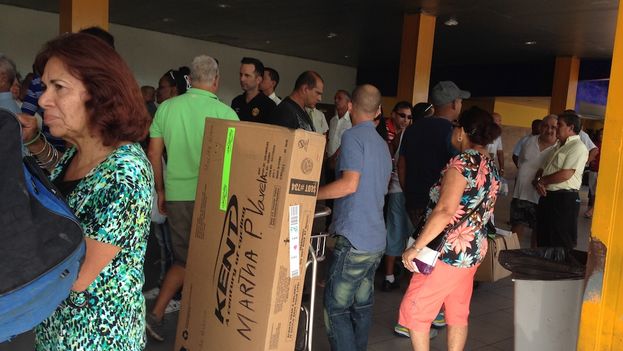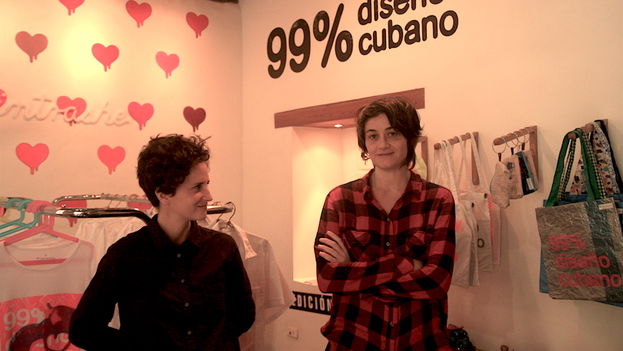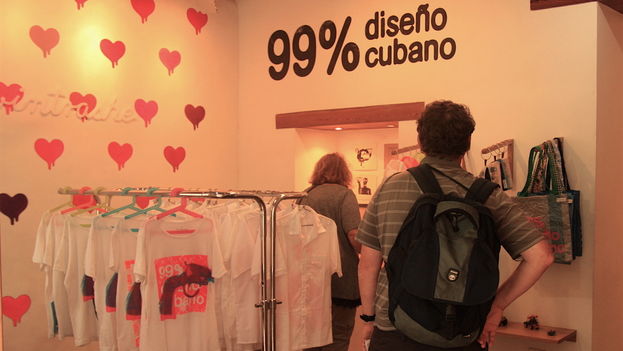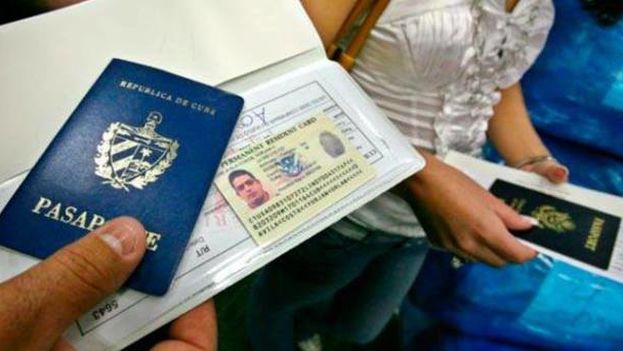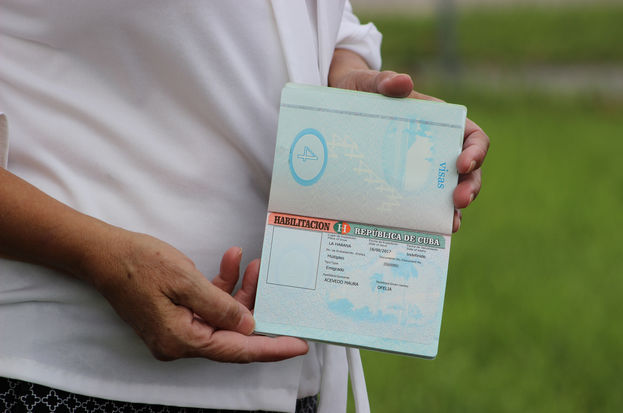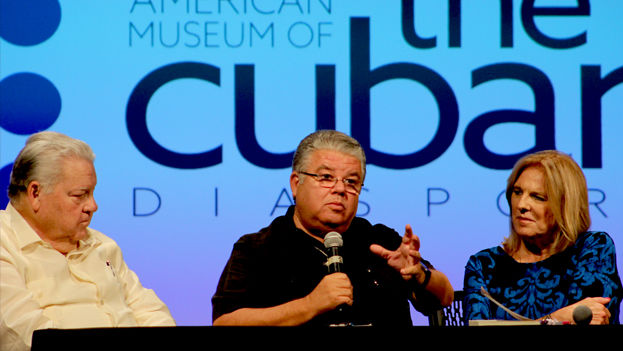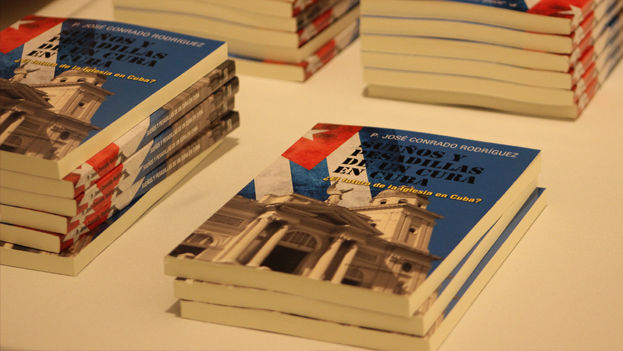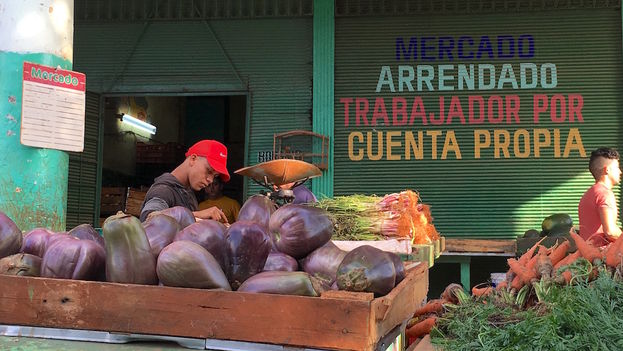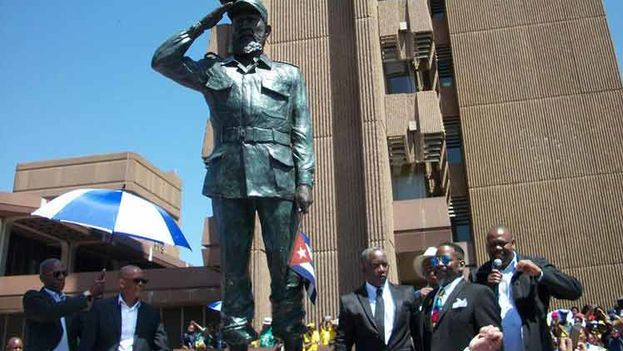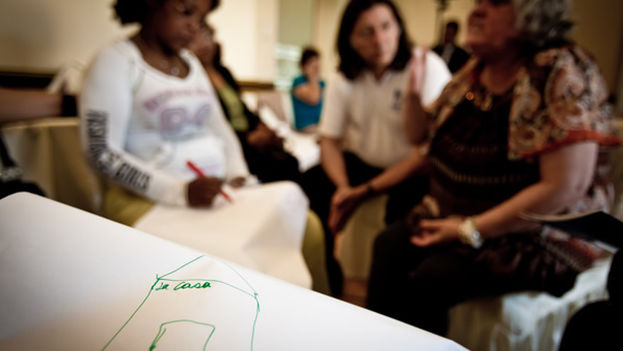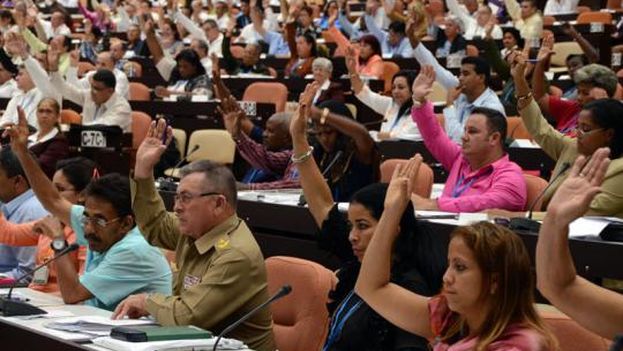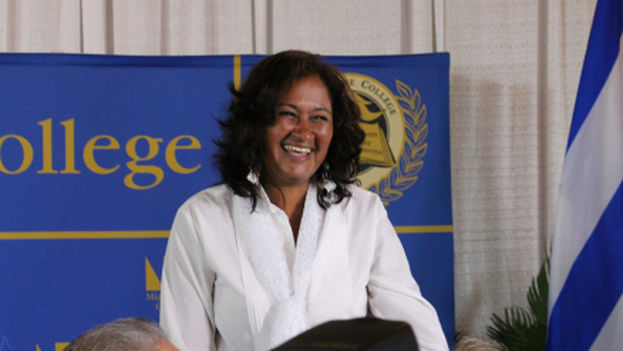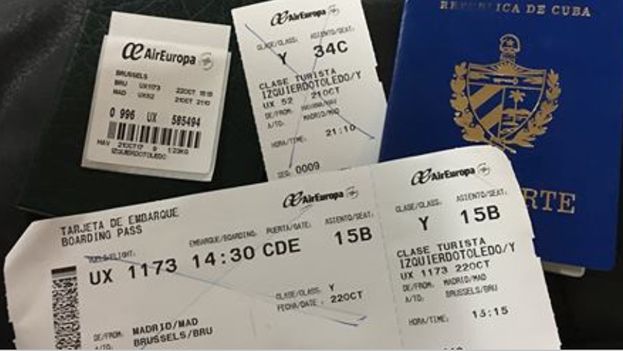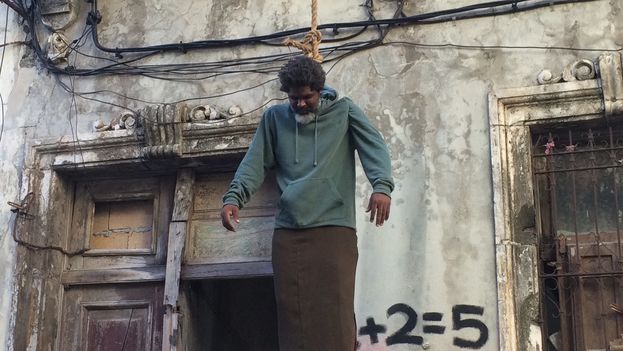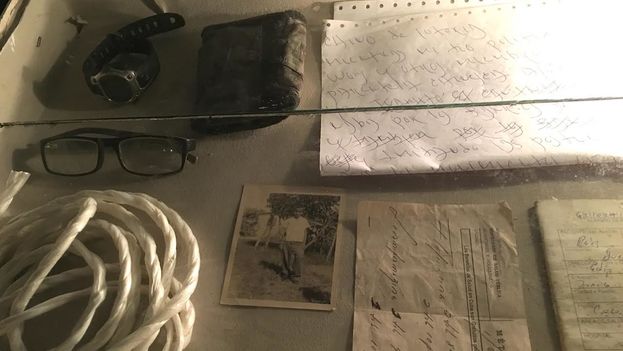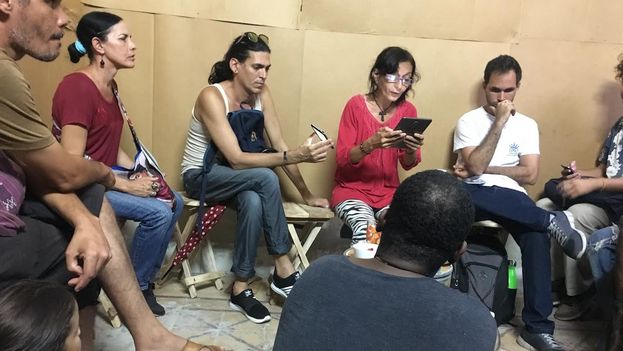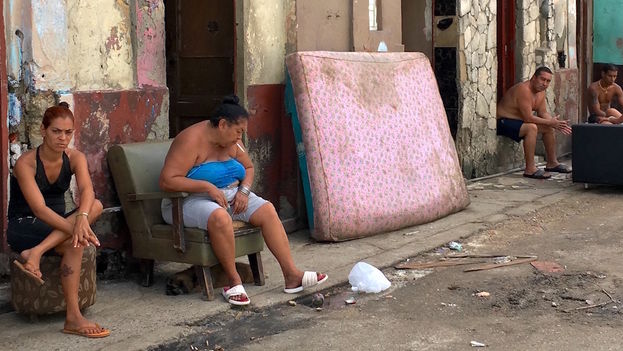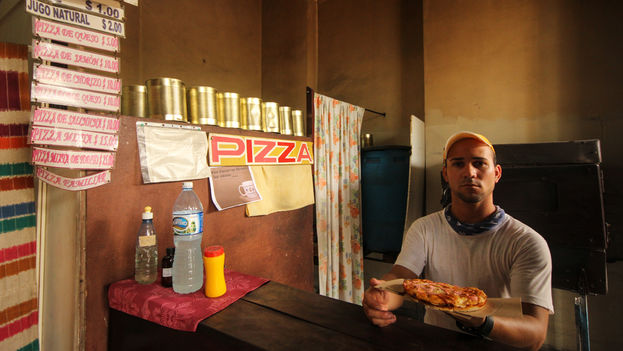
![]() 14ymedio, Reinaldo Escobar, Havana, 31 October 2017 — Gustavo Romero’s grandfather opened a hardware store in Cuba in the 1950s and a decade later it was confiscated during the “Revolutionary Offensive.” The old Canary Islander lost all his merchandise, but he had protected the cash under his mattress. A lesson that his grandson remembers now that he is working for himself.
14ymedio, Reinaldo Escobar, Havana, 31 October 2017 — Gustavo Romero’s grandfather opened a hardware store in Cuba in the 1950s and a decade later it was confiscated during the “Revolutionary Offensive.” The old Canary Islander lost all his merchandise, but he had protected the cash under his mattress. A lesson that his grandson remembers now that he is working for himself.
“The bank is the last place I would go to save or ask for money,” says the small businessman, who runs a café in Centro Habana. In his case, as in that of so many entrepreneurs, distrust of banking institutions is like a gene that is passed down from generation to generation. continue reading
Despite the fact that in November 2011 a new bank credit policy was implemented in Cuba to support the private sector, entrepreneurs have made little use of this alternative and the amounts they have requested remains low, as demonstrated by a recent investigation by economist Jorge Ignacio Guillén published in the magazine Convivencia.
As of December 2016, fewer than 7% of the self-employed licensed in the country had received financing through bank loans; of the money that banks have in their loan portfolios, only 2.1% had been allocated to support the private sector.
On the other hand, the largest portion of the resource pie available in these portfolios had gone to financing the State budget, to state companies and to individuals who request loans to support self-managed home construction/repairs and to acquire kitchen equipment.
The lack of enthusiasm of small entrepreneurs for bank loans was reflected in statements made two years ago by the vice president of the Central Bank of Cuba, Francisco Mayobre Lence, who acknowledged that the number of “self-employed workers” who had taken out lines of credit was not yet “representative of the total registered in the country.”
The official expected these numbers to grow thanks to the creation of a new type of loan for amounts up to 10,000 Cuban pesos (400 dollars) without the need to present economic guarantees or a guarantor to the Banco Popular de Ahorro (People’s Savings Bank), which operates throughout the country except in Havana. However, the increase in applications has not appeared.
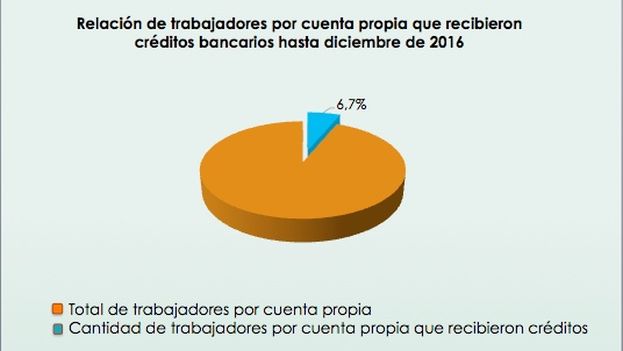
In the case of Gustavo Romero, the initial investment for his pizza stand was $500 USD that a brother sent him from Pennsylvania, he tells 14ymedio, a type of credit common among the self-employed who prefer to appeal to family or friendship ties before they knock on the door of a bank.
Many local entrepreneurs keep their earnings or the amount to start a new business under the bed or in a drawer, according to the results of a thousand interviews conducted by Guillén. More than 70% of self-employed persons interviewed for the study rejected the option of keeping their cash in a bank and more than 85% have never applied for a loan.
The measures promoted by the government more than six years ago for these self-employed to access sources of financing show alarming results, according to the young economist, “both in terms of regulations and in the practice of loans to self-employed workers.”
In a country where, for decades, citizens hid their resources from public view to avoid being branded as “rolling in it,” “hoarders” or “bourgeois,” it is still taboo to talk frankly with banks and see them as allies in some business, especially because there is no private banking in Cuba, rather the entire system of savings accounts, loans and pensions is managed by the state. The connection between the Bank, the State, the Ministry of the Interior and the Office of the Comptroller of the Republic is a recurrent association when it comes to putting money in a safe place or requesting a loan to start a business.
The guarantees that the applicant must offer also complicate the process. The bank only accepts assets such as vacation homes, automobiles, jewelry, works of art or bank deposits of the would-be borrower and third parties. Resources that in many cases are out of reach of a self-employed person who lives day-to-day and seeks a loan just to “get out of the hole.”
Current regulations do not even clearly specify how the bank should proceed with these assets in the case of non-payment. There is no defined and public protocol for the institution to sell, exchange, occupy or confiscate the property identified as collateral.
Not do those who decide to start a business have it easy. The banks only provide loans to those who are already working as self-employed, hence the initial capital of most of the ventures comes from remittances received from abroad, personal savings and other types of informal financing.
A growing phenomenon is black market lenders, formerly thugs, one of the emblematic figures of the capitalist past, “who were swept away by the Revolution” and now resurface before the need for resources to start any small business.
Among the bureaucratic obstacles to obtaining a loan there is also ignorance. An opinion held by Niclaus Bergmann, general director of the German Foundation for Savings Banks, based in Bonn, which collaborates with several Cuban banking entities, such as Banco Popular de Ahorro (BPA) and Banco Central de Cuba.
Banks lack experience in the granting loans and methods for assessing the solvency of the ventures. “Therefore, a component of cooperation” between the German Foundation and its counterpart on the island is focused on teaching “how to make business decisions and judge when investments are sensible,” says Bergmann.
The collaboration paid off in the creation of a Business Unit in the city of Trinidad on an experimental basis, which shortens the deadlines for the delivery of loans and tries to eliminate the suspicions that remain among the self-employed in their relations with banking institutions.
A couple hundred miles away from this historical town, Gustavo Romero offers pizzas in a narrow wooden bar that he financed with a family loan. Under the mattress of his bed, like his Canarian grandfather, he keeps his earnings and the money that one day he will return to the brother who helped him to open his business.

